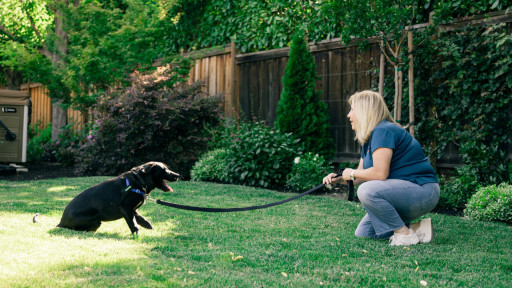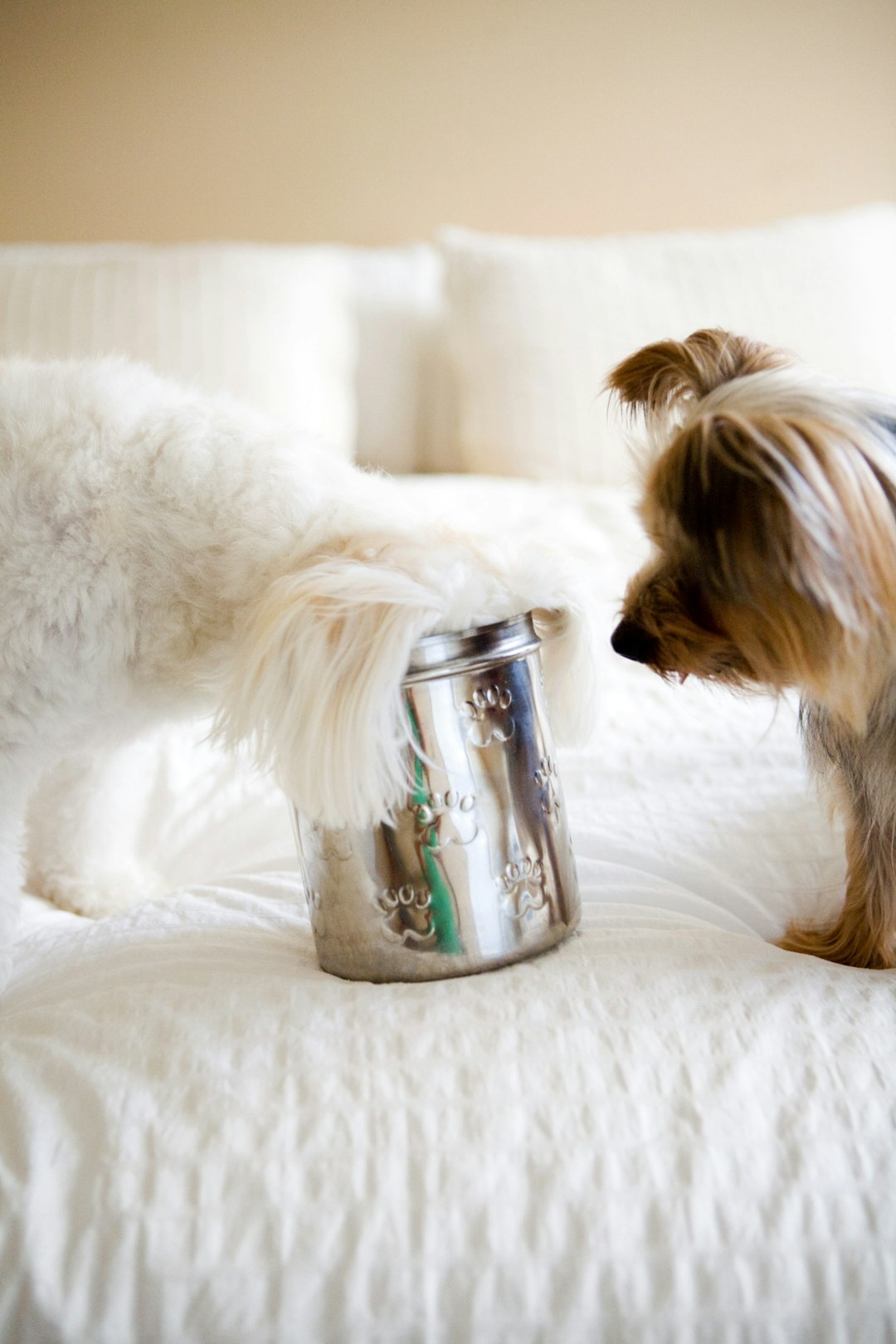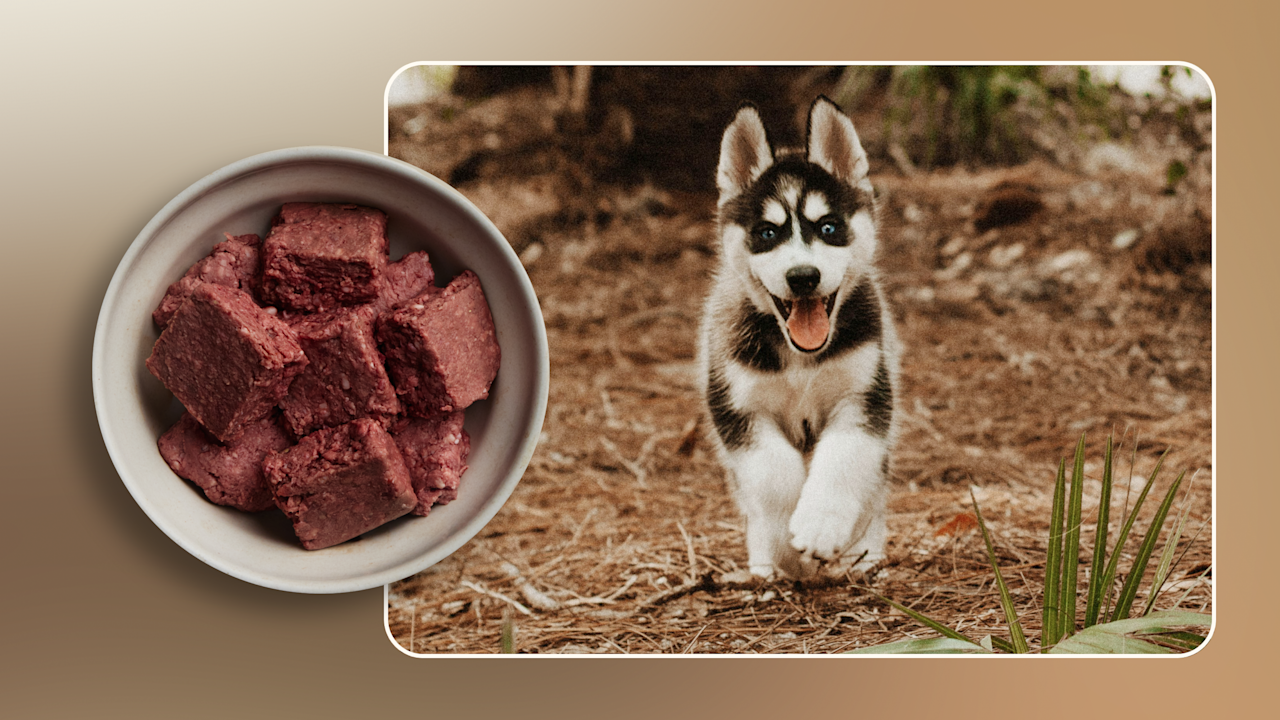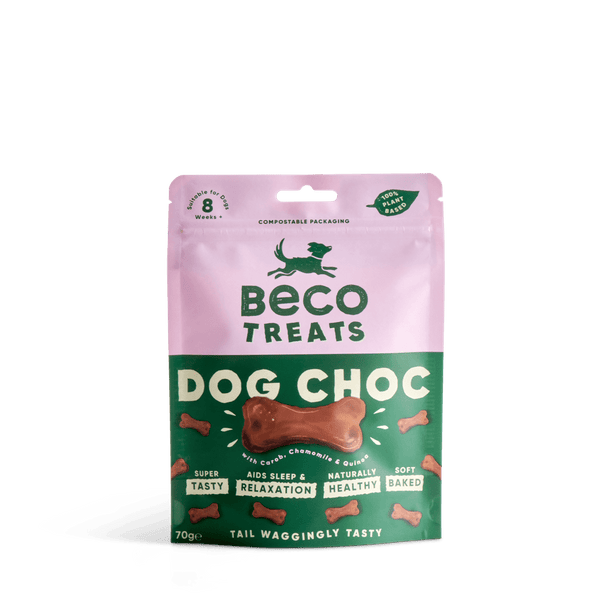Have you ever wondered if those tasty dog snacks you keep on hand can actually go bad? You want to keep your furry friend happy and healthy, but giving them expired treats might do more harm than good.
Knowing when your dog’s snacks are still safe can save you stress and keep your pet feeling great. Keep reading to discover how to spot the signs of spoiled treats and learn simple tips to keep your dog’s snacks fresh for longer.
Your pup’s health depends on it!
Shelf Life Of Dog Snacks
Dog snacks are a treat for your furry friend. But do they stay fresh forever? Understanding the shelf life of dog snacks is crucial for your pet’s health. Knowing when they expire helps prevent feeding your dog spoiled treats.
Typical Expiration Periods
Dog snacks have varied expiration dates. Most packaged treats last 12-24 months. Homemade snacks usually have a shorter shelf life. They can last a few days to weeks. Always check the packaging for specific expiration dates.
Factors Influencing Freshness
Several elements affect the freshness of dog snacks. Storage conditions play a vital role. Keep them in a cool, dry place. Moisture can cause spoilage quickly. Ingredients also impact how long they last. Natural preservatives extend shelf life.
Packaging is another factor. Airtight containers preserve treats longer. Exposure to air reduces freshness. Regularly inspect snacks for changes in smell or texture. Discard them if they seem off.
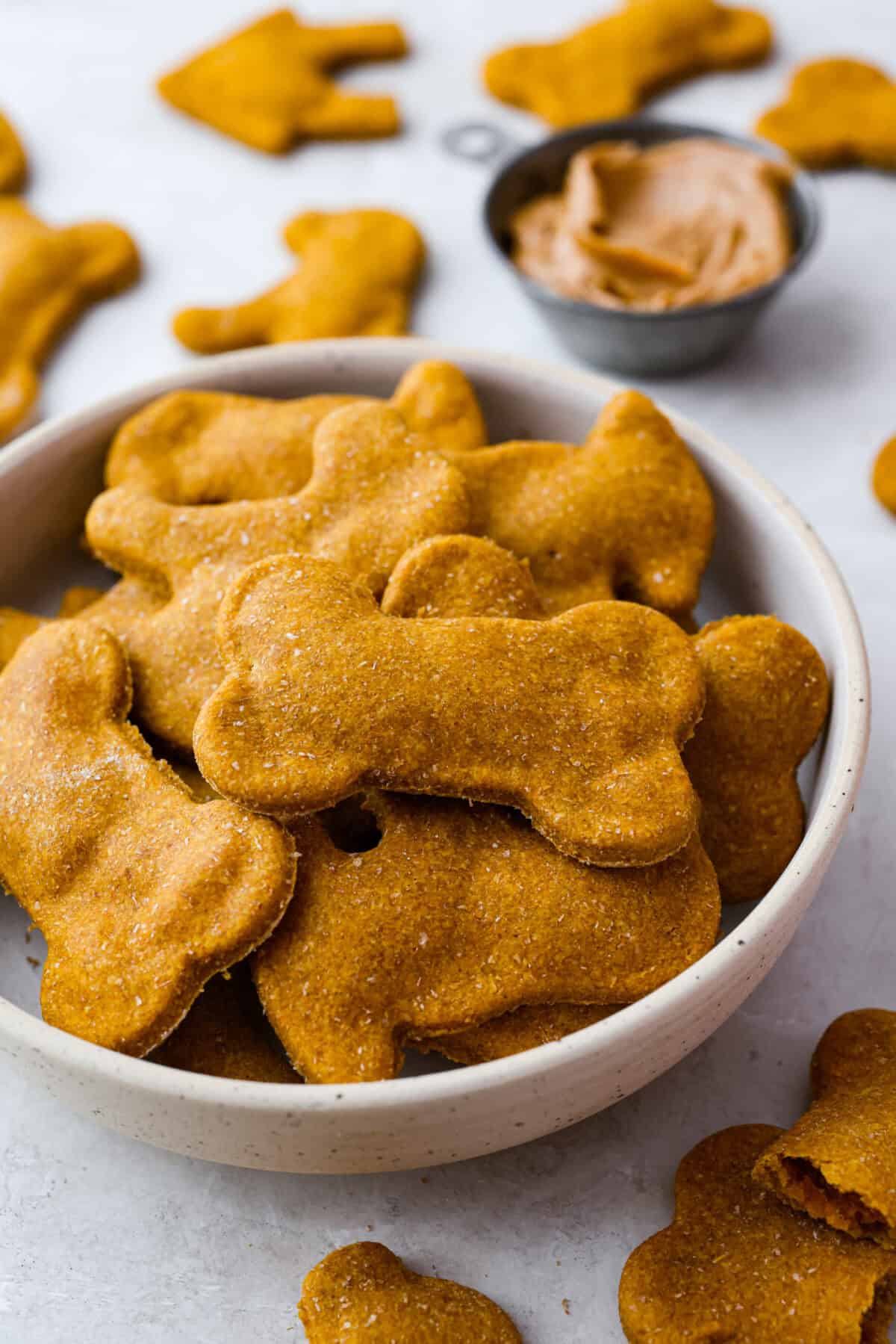
Credit: therecipecritic.com
Signs Of Spoiled Dog Treats
Knowing the signs of spoiled dog treats is essential to keep your furry friend safe and healthy. Treats that have gone bad can cause digestive issues or even more serious health problems. Paying attention to subtle changes can save you from giving your dog something harmful.
Changes In Smell And Appearance
Fresh dog treats usually have a mild, pleasant aroma. If you notice a sour, rancid, or off smell, that’s a clear red flag. Sometimes treats develop a strange odor similar to spoiled meat or moldy bread.
Look closely at the treats’ surface. Discoloration, white spots, or mold growth are obvious signs they’ve gone bad. Even a slight change in color or the presence of fuzz means you should toss them immediately.
Texture And Taste Alterations
Have you ever felt a treat crumble more than usual or become unusually soft? These texture changes often indicate moisture has gotten in, causing spoilage. Treats that feel sticky or slimy should never be fed to your dog.
Dogs are picky taste-testers, and a sudden refusal to eat a once-loved treat can signal spoilage. If your dog sniffs and walks away, trust their instincts—it’s better to be safe than sorry.
Storage Tips To Extend Freshness
Keeping your dog’s snacks fresh is more than just convenience—it helps maintain their taste and nutritional value. Proper storage can prevent spoilage and keep your furry friend’s treats safe to eat. Here are some practical tips to help you extend the freshness of dog snacks effectively.
Ideal Temperature And Humidity
Store dog snacks in a cool, dry place away from direct sunlight. Temperatures between 50°F and 70°F (10°C to 21°C) are best to slow down spoilage. High heat or humidity can cause snacks to become stale or moldy quickly.
Think about your pantry or a kitchen cabinet that stays dry and cool. Avoid spots near the stove or dishwasher where moisture and heat fluctuate. Have you noticed how your dog’s treats get soft or smell off when left in warm areas? That’s a sign they need better storage conditions.
Best Containers For Storage
Choosing the right container matters. Airtight containers keep out moisture, air, and pests that can ruin your dog’s snacks. Glass jars with sealing lids or BPA-free plastic containers work great for this purpose.
- Use containers that are easy to clean to avoid bacteria buildup.
- Label containers with the snack type and purchase date to track freshness.
- Resealable bags with zip locks can work temporarily but consider transferring to a rigid container for long-term storage.
I once kept my dog’s jerky treats in their original bag, and within days, they lost their crunch. Switching to a simple airtight jar made a noticeable difference. Your dog will appreciate the better texture and flavor every time.

Credit: jujaipur.ac.in
Homemade Vs Store-bought Snacks
Deciding between homemade and store-bought dog snacks can be tricky, especially when thinking about freshness and safety. Each option has its own way of lasting longer and staying tasty. Understanding these differences helps you keep your furry friend’s treats both delicious and safe.
Shelf Life Differences
Homemade dog snacks usually have a shorter shelf life. Without commercial preservatives, they can spoil within days or a couple of weeks, depending on ingredients and storage. I once made sweet potato chews that lasted just a week in the fridge before going soft and unappetizing.
Store-bought treats, on the other hand, often last months or even years unopened. Their packaging and additives help maintain freshness over time. Have you ever noticed those expiration dates on snack bags? They’re there because manufacturers know how long their products stay safe.
Preservation Techniques
Homemade treats rely mostly on refrigeration, freezing, or dehydration to stay fresh. Drying snacks reduces moisture, which slows down mold growth. You can also freeze small batches to keep them fresh longer, but thaw only what you need to avoid waste.
Store-bought snacks use a variety of preservation methods, including natural preservatives like vitamin E, and artificial ones to extend shelf life. Vacuum sealing and airtight packaging reduce exposure to air and bacteria. These techniques mean you don’t have to worry much about spoilage until you open the package.
What’s your experience with homemade dog snacks? Have you ever had trouble storing them? Understanding these differences can help you choose the best treats for your dog’s health and happiness.
Health Risks Of Expired Treats
Expired dog snacks aren’t just less tasty—they can pose real health risks to your furry friend. Over time, treats can spoil, leading to the growth of harmful bacteria or mold. Feeding your dog these snacks might cause discomfort or serious illnesses.
Potential Illnesses
Old dog treats can harbor bacteria like Salmonellaand E. coli, which cause vomiting, diarrhea, and dehydration. Moldy snacks can produce toxins that affect your dog’s liver and nervous system.
Some dogs may develop allergic reactions or stomach upset after eating expired treats. If your dog shows signs like lethargy, loss of appetite, or unusual behavior, expired snacks could be the culprit.
When To Consult A Vet
Not all symptoms require emergency care, but if your dog has persistent vomiting, diarrhea, or seems very weak, contact your vet immediately. Early treatment can prevent complications from foodborne illnesses.
Keep a close eye on your dog’s condition after feeding new or questionable treats. Asking your vet about safe treat storage and expiration can help you avoid these risks altogether.
Buying Fresh Dog Snacks
Buying fresh dog snacks is key to keeping your furry friend happy and healthy. Fresh snacks not only taste better but also retain essential nutrients that support your dog’s well-being. Knowing how to select and check these treats can save you from giving your pet stale or unsafe snacks.
Choosing Quality Products
Look for dog snacks made with natural ingredients and minimal preservatives. Snacks with recognizable ingredients like real meat, vegetables, or fruits usually offer better nutrition. Avoid products with fillers, artificial colors, or excessive chemicals that might harm your dog over time.
Think about your dog’s specific needs—are they sensitive to certain proteins or grains? Choosing snacks that match their dietary requirements helps prevent upset stomachs or allergies. Also, consider snacks from brands with good reputations or certifications that guarantee quality.
Reading Expiration Labels
Expiration dates are your best guide to freshness. Always check the “best by” or “use by” date before buying or feeding snacks to your dog. Fresh snacks have a longer shelf life and maintain their flavor and nutrients better.
Sometimes, packaging can be misleading. Don’t assume that because a package looks sealed, the snacks are still fresh. If the expiration date is close or passed, it’s safer to skip those treats. Have you ever noticed your dog turning their nose up at a treat? It might be past its prime.
Credit: www.tiktok.com
Frequently Asked Questions
How Long Do Dog Snacks Typically Last?
Dog snacks usually last between 6 to 12 months unopened. After opening, consume within 2 to 3 weeks for freshness. Always check the expiration date on the package to ensure safety.
What Signs Indicate Dog Snacks Have Gone Bad?
Spoiled dog snacks may show mold, an off smell, or discoloration. Dogs might refuse to eat stale treats. If unsure, discard the snacks to avoid health risks.
Can Expired Dog Snacks Harm My Pet?
Yes, expired snacks can cause digestive upset or food poisoning. Bacteria and mold grow in old treats, posing health hazards. Always provide fresh, properly stored snacks to keep your dog safe.
How Should I Store Dog Snacks For Longevity?
Store dog snacks in a cool, dry place away from sunlight. Use airtight containers to maintain freshness and prevent contamination. Proper storage extends shelf life and keeps snacks tasty.
Conclusion
Dog snacks can spoil over time like regular food. Check the expiration date before giving snacks. Store them in a cool, dry place to keep them fresh. Look for changes in smell, color, or texture as signs of spoilage. Feeding spoiled snacks can make your dog sick.
Always buy snacks from trusted brands for safety. Keeping snacks fresh helps your dog enjoy tasty treats. Simple care goes a long way in protecting your pet’s health. Remember, fresh snacks mean a happy, healthy dog.



